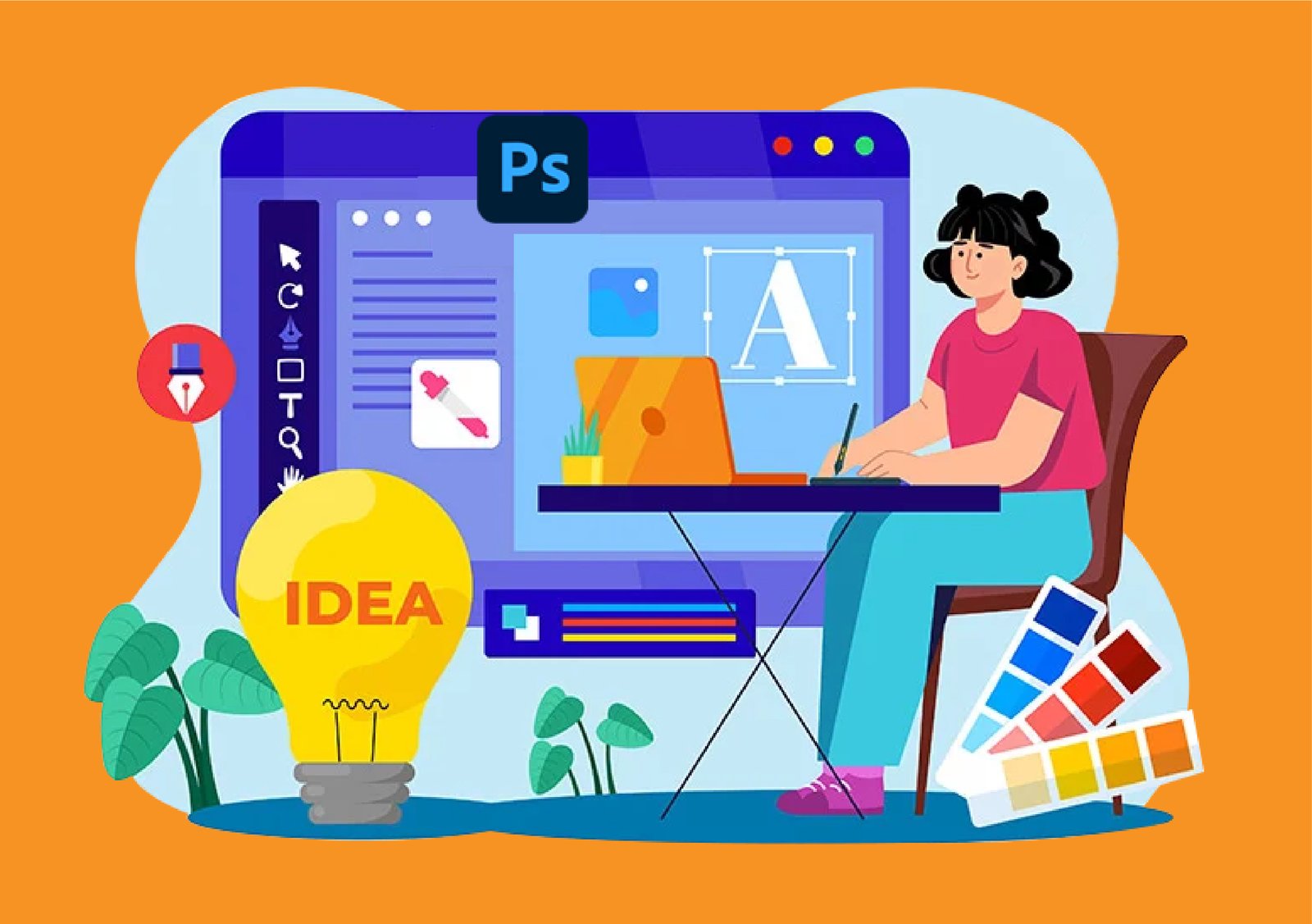Creating a compelling portfolio is crucial for any logo designer looking to attract clients. A well-crafted portfolio not only showcases your skills and creativity but also demonstrates your professionalism and ability to deliver results. Here's how you can build a portfolio that will help you find logo design jobs, attract clients who want to hire logo designers, and make the most of platforms like Paperub.
1. Understand Your Target Audience
Before you start assembling your portfolio, it's important to understand who you are trying to attract. Are you targeting startups, established businesses, or perhaps specific industries like tech or fashion? Knowing your target audience will help you tailor your portfolio to their needs and preferences.
Research Your Niche:
- Investigate the common design styles and preferences in your target industry.
- Identify the challenges and requirements unique to that niche.
Tailor Your Presentation:
- Use language and imagery that resonates with your target audience.
- Highlight projects relevant to the industries you are targeting.
2. Showcase a Range of Styles
Diversity in your portfolio demonstrates your versatility and adaptability as a logo designer. While it's essential to have a signature style, showing that you can cater to different client needs is equally important.
Include Varied Projects:
- Display logos that vary in style, complexity, and purpose.
- Feature both minimalist and intricate designs to show your range.
Highlight Different Techniques:
- Showcase your proficiency with different design tools and techniques.
- Include examples of hand-drawn sketches, vector illustrations, and digital mockups.
3. Tell a Story with Each Project
Clients are interested in the process behind your designs as much as the final product. Providing context and background for each project can make your portfolio more engaging and informative.
Provide Case Studies:
- Include a brief description of the client, their needs, and the challenges you faced.
- Outline your design process, from initial concept to final execution.
Show Before and After:
- If applicable, show the previous logo and how your design improved or rebranded the client's image.
- Highlight the impact your logo had on the client's business.
4. Quality Over Quantity
It's better to have a few outstanding projects than a large number of mediocre ones. Select your best work and present it in the most polished way possible.
Curate Carefully:
- Choose projects that showcase your skills and align with your target audience.
- Avoid including unfinished or subpar work just to fill space.
Polish Your Presentation:
- Use high-quality images and mockups to present your work.
- Ensure that your portfolio website or PDF is well-designed and easy to navigate.
5. Optimize for Online Platforms
In today's digital age, having an online portfolio is essential. Platforms like Paperub can help you reach a wider audience, but it's important to optimize your portfolio for these platforms.
Create a Professional Website:
- Use a clean, modern design that reflects your brand.
- Make sure your website is mobile-friendly and fast-loading.
Leverage Portfolio Platforms:
- Use platforms like Paperub to showcase your work to potential clients.
- Ensure your profile is complete with a professional bio, contact information, and links to your website and social media.
6. Include Testimonials and Reviews
Client testimonials and reviews add credibility to your portfolio. They provide social proof that you are capable of delivering high-quality work and satisfying your clients.
Ask for Feedback:
- Request testimonials from satisfied clients.
- Highlight positive feedback prominently in your portfolio.
Showcase Client Success:
- Include case studies that demonstrate the tangible benefits your designs provided.
- If possible, include metrics or quotes from clients about the impact of your work.
7. Keep It Up to Date
An outdated portfolio can make you appear inactive or out of touch with current trends. Regularly updating your portfolio ensures that it accurately reflects your current skills and recent work.
Refresh Regularly:
- Add new projects as you complete them.
- Remove older projects that no longer represent your best work.
Stay Current:
- Keep up with design trends and incorporate them into your portfolio.
- Show that you are continually learning and evolving as a designer.
8. Promote Your Portfolio
Building a great portfolio is only half the battle; you also need to promote it effectively to attract clients.
Utilize Social Media:
- Share your work on platforms like Instagram, LinkedIn, and Behance.
- Engage with the design community and potential clients through comments and shares.
Network and Collaborate:
- Attend industry events and network with potential clients and other designers.
- Collaborate on projects to expand your portfolio and reach.
SEO and Content Marketing:
- Use relevant keywords like "Find Logo Design Jobs," "Hire Logo Designers," and "Paperub" in your portfolio and website content.
- Write blog posts or case studies that drive traffic to your portfolio.
9. Demonstrate Professionalism
Clients want to work with designers who are professional and reliable. Your portfolio should reflect your professionalism in every aspect.
Clear and Concise Communication:
- Ensure your portfolio is free from spelling and grammatical errors.
- Provide clear contact information and respond promptly to inquiries.
Professional Branding:
- Create a cohesive brand identity for yourself as a designer.
- Use consistent colors, fonts, and styles across your portfolio and other materials.
Conclusion
Creating a portfolio that attracts logo design clients requires a strategic approach. By understanding your target audience, showcasing a range of styles, telling a story with each project, and promoting your work effectively, you can build a portfolio that stands out. Platforms like Paperub can further enhance your visibility and connect you with potential clients. Remember to keep your portfolio up to date and demonstrate professionalism in every aspect. With a well-crafted portfolio, you'll be well on your way to finding logo design jobs and attracting clients who want to hire logo designers.
Trending Articles
World-class articles, delivered weekly.
Django Developers
Java Developers
AWS Developers
Machine Learning Engineers
Data Scrapers
Node.js Developers & Programmers
C++ Programmers & Developers
Xero Developer
C# Developers & Programmers
Georgia, GA Python Developers
NC Python Developers
Mississippi, MS Python Developers
Tennessee, TN Python Developers
Colorado, CO Python Developers
Alabama, AL Python Developers
Alabama, AL Python Developers
Michigan, MI Python Developers
New Jersey, NJ Python Developers
Django Jobs
Web Data Scraping Jobs
Node.js Jobs
C++ Developer Jobs
API Jobs
C# Programming Jobs
TensorFlow Jobs
TensorFlow Jobs
TensorFlow Jobs
Data Analysis and Reporting Ser...
Web Programming & Development Se...
Website Builders & CMS Software Services
Join the Paperub® community

